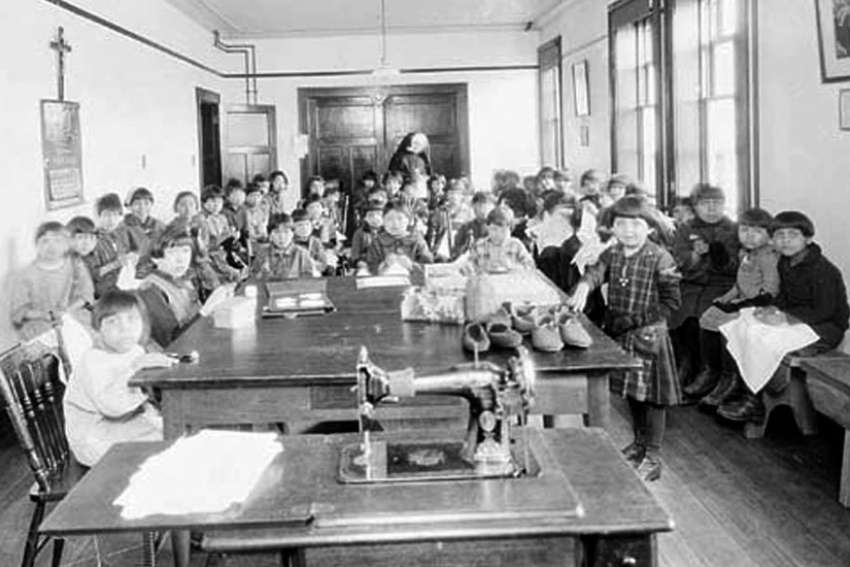We have fought the good fight against the deadly coronavirus and seem close to emerging on the other side. Nearly a quarter of our population has been fully vaccinated and some 68 per cent of Canadians have had at least one vaccine shot.
We should be getting ready to celebrate the birth of our nation.
We can also cheer on the first Canadian hockey team in a decade to advance to the Stanley Cup final, the pinnacle of what is for many Canadians their favourite sport.
We should be feeling good about our Catholic faith, too. Restrictions in Nova Scotia have been relaxed slightly and churches closed for several weeks have re-opened with a maximum of 50 distanced and masked congregants. Optimism abounds for a return to normal mass attendance in the near future.
We should be feeling pretty good about ourselves as Canadians and Catholics, but we can’t feel good.
Good, positive feelings have been vanquished by the sickening spectre raised by the news that the remains of as many as 966 people, primarily Indigenous children, had been found in unmarked graves at the sites of former residential schools in Saskatchewan and British Columbia.
The history of the mostly Catholic Church-run residential schools that existed across the country for decades is one of taking, often forcibly, Indigenous children from their families and housing them at overcrowded boarding institutions.
The Indigenous children were prohibited from speaking the only language they knew, forced to learn to read and write English and faced abuse and indignities at the hands of the religious caretakers entrusted to look out for them.
Many of the children fled the schools and their abusers. Some were found and returned to the residential school while others vanished forever. Many of the vanished are no doubt among the remains in the unmarked graves.
The findings in British Columbia and Saskatchewan prompted searches of the grounds of other former residential school sites.
The site of the former Shubenacadie Residential School, founded in 1929 and operated for nearly 40 years, is a mere 20-minute drive from our home. The only residential school of its kind in the region, the Shubenacadie school housed Indigenous children from all three Maritime provinces.
By the end of last week an archeological team had found nothing in their specialized search of the former Shubenacadie school grounds but the search continues.
Even if the search doesn’t uncover any remains, the Church and province cannot claim vindication. Tales of abuse at the former school are many and vivid.
“I need to forgive but I can’t forget,” Jane Abram, 78, of nearby Millbrook First Nation, told the SaltWire Network about her years at the Shubenacadie school.
Abram was the second youngest of 11 children and an Indian agent came to her family’s house when she was five and told her family that they were required by law to send their children to the residential school.
“You could hear the kids hollering and screaming and crying,” Abram said of her introduction to the school. “These were nuns and priests running that place and they were beating these young, innocent children.”
Abram said they were beaten everywhere, by the strap or a pointer stick. Another punishment she had was to scrub a long concrete hallway with only a toothbrush.
During morning Mass, Abram said she prayed for help and for her parents to take her away. The parents did not want to believe what was happening at the school, she said, and when sending letters home, children copied what was written on the board: “Dear mom and dad, I am doing fine. I am happy.”
She said there were stories about a girl becoming pregnant after being sexually assaulted by a priest and that the baby was burned in the furnace. And there were rumours that the boys were burying bodies.
“I need to talk about the sadness that was there,” she said. “Young people have to hear this. See what happened to our people.”
Now is a time when we should be celebrating Church and country but instead we are again trying to come to grips with how such atrocities were allowed to continue, unnoticed or ignored, under steeple and flag.
We are left to reflect on a legacy of prejudice, supremacy and cruelty perpetrated and tolerated by Church and State and left to pray for yet another window of reconciliation.
(Campbell is a reporter at the Halifax Chronicle Herald.)

